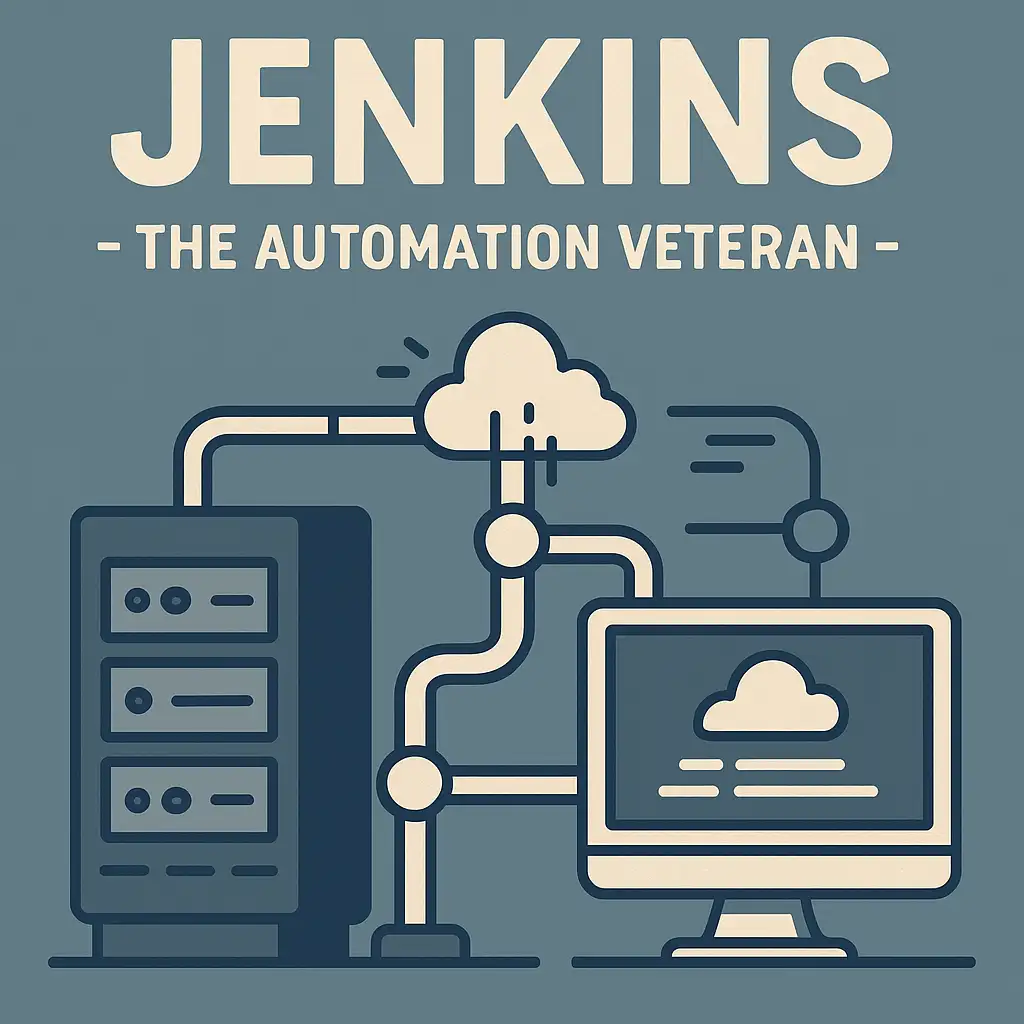Jenkins - the automation veteran that still gets the job done

Jenkins is one of those tools that feel like an old friend in the DevOps world. Open-source, well-known, and used in projects across the globe for years. For many teams, it’s been the backbone of CI/CD processes - that is, Continuous Integration and Continuous Delivery (or Deployment). It’s ridiculously flexible, with thousands of plugins available, and can be bent to fit just about any project or tech stack. It’s still holding strong, especially in larger organizations, although some are starting to move on to newer platforms like GitLab CI/CD or GitHub Actions. But as with any migration, it's not all sunshine and rainbows - there are technical and legal hurdles to jump over.
So what is Jenkins, anyway?
In a nutshell: Jenkins is your automation command center. It watches your code repositories (like Git) and triggers predefined processes - pipelines - based on any changes.
Most common use cases?
- Automatic code building and compilation - like after every
git pushor when a pull request is opened. - Unit and integration tests - to catch bugs early and save yourself from surprises during production deployments.
- Infrastructure as Code (IaC) management - for example, provisioning cloud resources. I’ve personally used Jenkins for AWS infrastructure deployments using Terraform, and to manage deployments on servers with Ansible.
- Application deployment automation - usually with tools like Ansible to handle Linux environments.
Sounds great? Well... not always
Sure, Jenkins is powerful - but it's not all smooth sailing. One of the biggest headaches? Updates. Jenkins and its plugins evolve constantly, and newer versions don’t always play nice with your existing pipelines. Sometimes, things just... break. And rolling back isn’t always a walk in the park.
That’s where running Jenkins in a Docker container can really save the day. It brings a bunch of advantages:
- The entire setup is stored as code (
Dockerfile), so it's easy to recreate. - You can safely test updates locally - before pushing them to production.
- And if something goes sideways, you just roll back to an older image and restore the data backup - quick and painless.
Another common pain point is user and permission management. Out of the box, Jenkins is pretty basic in that area - to expand it, you usually need to bring in more plugins.
What if Jenkins just isn't your thing?
While Jenkins may be the granddaddy of automation tools, there are plenty of younger, often more user-friendly alternatives:
- GitLab CI/CD - fully integrated with GitLab, configured via the
.gitlab-ci.ymlfile. - GitHub Actions - the go-to solution for GitHub users, gaining traction thanks to its simplicity and rich marketplace full of prebuilt actions.
- CircleCI, Travis CI, AWS CodePipeline - other popular options, often available as SaaS solutions.
Which one should you go with? Well, that depends on a bunch of factors: project size, how much control you need over the environment (Jenkins is self-hosted), your team's preferences... and whether you want to spend your evenings battling config files or just get something that works out of the box.